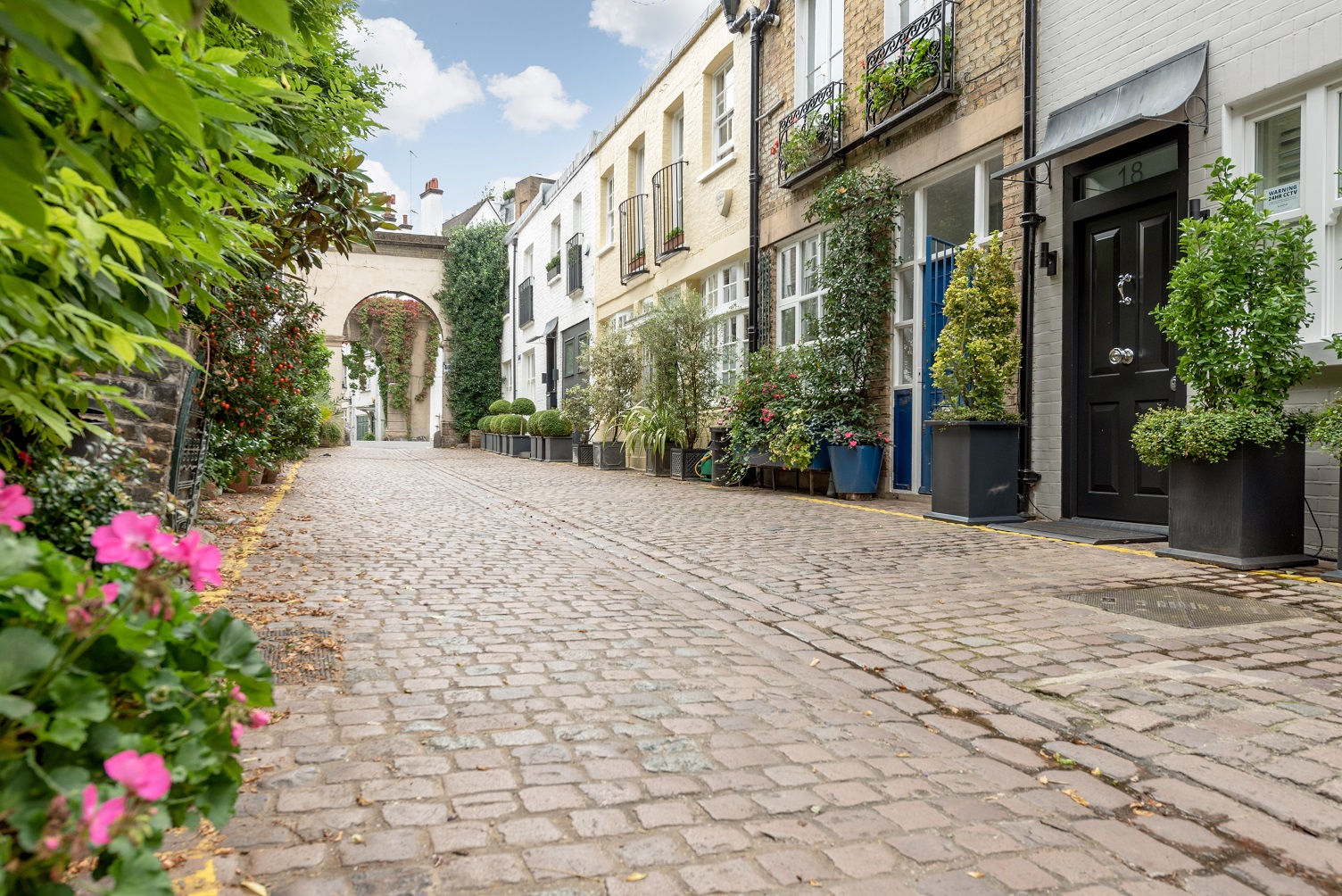Doing The Maths

Do property prices add up now rising costs are a factor in Prime Central London?
Do property prices add up now rising costs are a factor in Prime Central London?
BY ZOE DARE HALL – Property Freelance Journalist of the Year 2021, International Property Journalist of the Year 2021, Lifestyle & Interiors Journalist of the Year 2021 (Property Press Awards)
It’s not just the summer temperatures that have been throwing some high numbers in our direction lately. As anyone who has tackled a home renovation project will know, the rule book of what you should pay for building materials has been ripped up, since the triple threat of Brexit, the pandemic and Ukraine war took hold. The cost of glass, wood, steel, bricks and just about everything else you need to improve or extend your house has gone through the roof.
Then you must factor in contractors’ quotes which have escalated since the pandemic began. They haven’t been able to work fast enough to meet demand and according to Government data – the average building work now costs 25% more than it did a year ago. Contractors’ quotes have also adjusted – upwards – to reflect the hugely fluctuating cost of raw materials. These days, often they come with a 24-hour expiry date as prices change by the day.
There’s more number-crunching to be done too – soaring inflation, which hit a 40-year-high in May when it leapt up to 9.1%; the effects of the fuel crisis and rocketing household energy bills (up by 54% in April). Little wonder that the property market has started to cool.
“Until earlier this year, there was huge enthusiasm for making a central London purchase, but that has dissipated for the hoards now. They no longer have a fear of missing out,” comments Marlon Lloyd Malcolm, Sales Director at Lurot Brand.
Gone, at least for now, is the sense that everything is flying off the shelves. Certain properties still are – well-renovated family houses with gardens in good locations don’t hang around long. Nor do handsome pied-a-terre flats, that are handy for the office and social life. But given the rising costs of renovation work unmodernised properties have fallen out of favour. “People are peeling back on doing project and building work,” says Lloyd Malcolm. “But properties with no element of compromise, or where the compromise is reflected in the asking price, are still doing well.”
STATISTICS FOR MEWS SOLD BY LUROT BRAND IN THE LAST 6 MONTHS
25% higher price for building works in 2022 compared to 2021
97% of asking price achieve on average
47% increase in transaction volumes compared to first half of 2021

Such is the dizzyingly cyclical nature of property markets, though, that although buyers and home-owners are deciding that the cost of renovation work has gone too high and they’re holding off on calling in the contractors, that’s all likely to come full circle soon. “After two years of being able to ask what they like, builders will start seeing work dry up – and contract values will start to become more competitive again. In six to nine months, unmodernised properties will fare a bit better as the cost of building work falls again,” says Lloyd Malcolm.
It’s buy-to-let landlords, however, who are keeping the closest eye on the numbers – and in many cases, deciding they no longer stack up and it’s time to sell. If you take the buying costs involved in the purchase of an average £2m mews house – that’s £213,750 stamp duty if it’s an additional property; £153,750 if it’s a first purchase or a move – it will take several years to recoup from the rental yield. However, these figures aren’t deterring everyone. “Some are buying to let out the house for a while, then they – or their kids – will live in it in a few years’ time. But we haven’t seen a single buy-to-let landlord buy for investment purposes this year, and removing Section 21 ‘no fault’ evictions later this year will see this trend continue,” says Lloyd Malcolm.
The dwindling supply of rental properties has seen London rents rise by 14% to £2,194 per month in the past year.
Bad news for tenants. There’s always a flip side, though. “For landlords who have stuck with it, they can’t put a foot wrong,” says Lloyd Malcolm. “Property isn’t like stocks and shares. People need somewhere to live. If you are buying a piece of London for your own use or for rental purposes, your investment is underpinned by fundamentals that won’t change.”
“There’s a danger in a robust market,” adds Lloyd Malcolm, “that home-owners confuse the value of their house as a home with its value as the main source of their wealth generation. Now that price growth is levelling out, and people are taking on high levels of debt to finance their purchase, there will be less of that conflict”, he thinks. “We just won’t see the multiples of price inflation that the baby-boomer generation saw. If we did, a house you buy now in your 20s for £1m would be worth £45m by the time you are in your 60s. It’s inconceivable,” he says.
The adjustment in the property market, he feels, enables buyers to take stock of their priorities. “People tend to move when they need to, and it’s inconvenient when the market isn’t on their side. But as long as you have flexibility over your timing to sell, you can always find the right market.”
There is still a shortage of good properties for sale, Lloyd Malcolm adds, and Lurot Brand’s sales are achieving an average of 97% of the asking price – which is spot on, he thinks. “Any higher and we must be undervaluing, and lower then we’re overvaluing.”
After a period of pent-up demand during the pandemic, buyers are now pausing for breath. “Prices stopped rising in March or April – partly because of supply chain inflation and interest rates, but also the news cycle. What we see on the news makes a big difference to how people view things, and how they feel about letting go of their money,” says Lloyd Malcolm.
“If 2021 was largely about ‘it’s not completely right, but it’ll do’, 2022 has so far been a case of ‘it’s not completely right, let’s keep looking. And when it can sometimes feel that all around us is spiralling out of control, such circumspection can only be a good thing.”
“As long as you have flexibility over your timing to sell, you can always find the right market”

